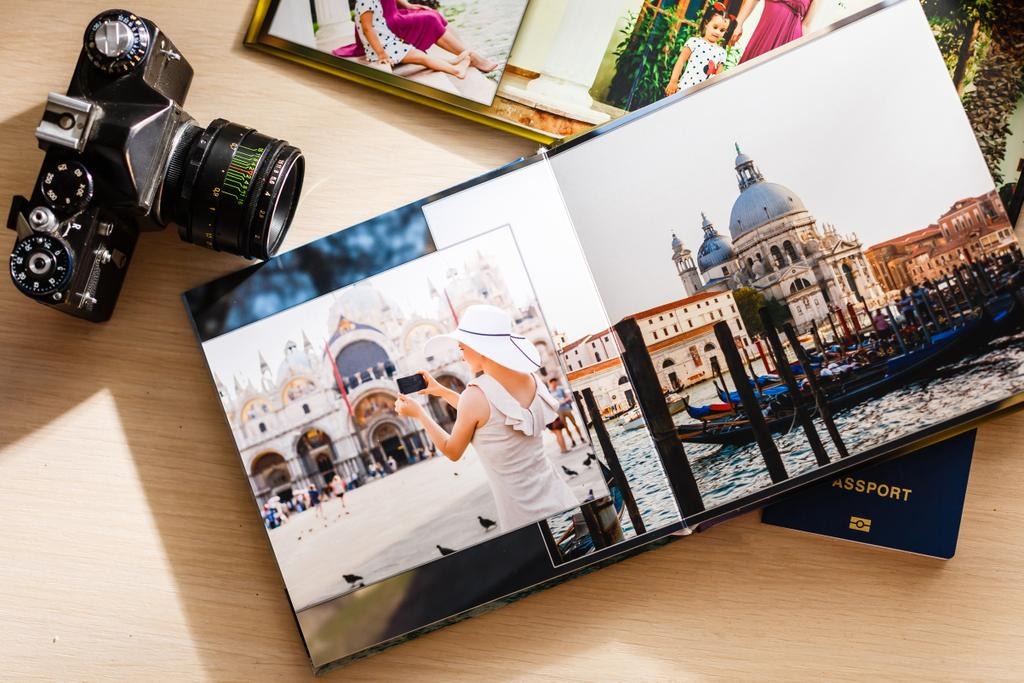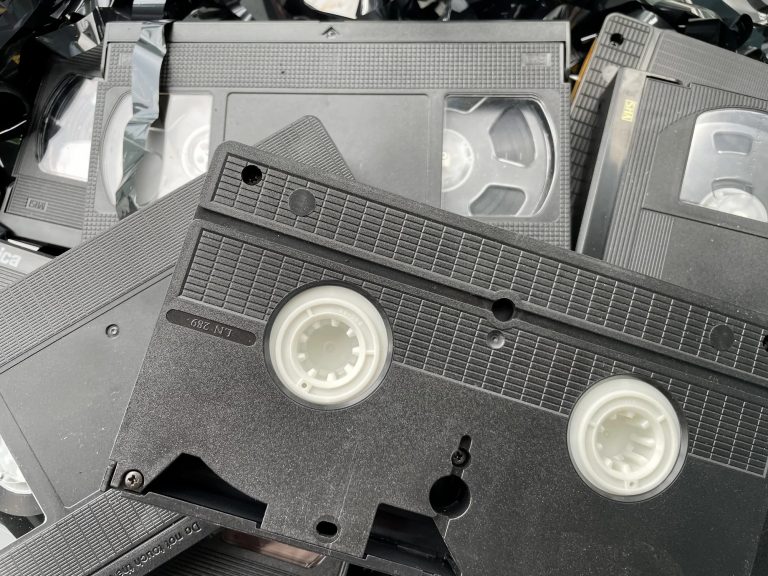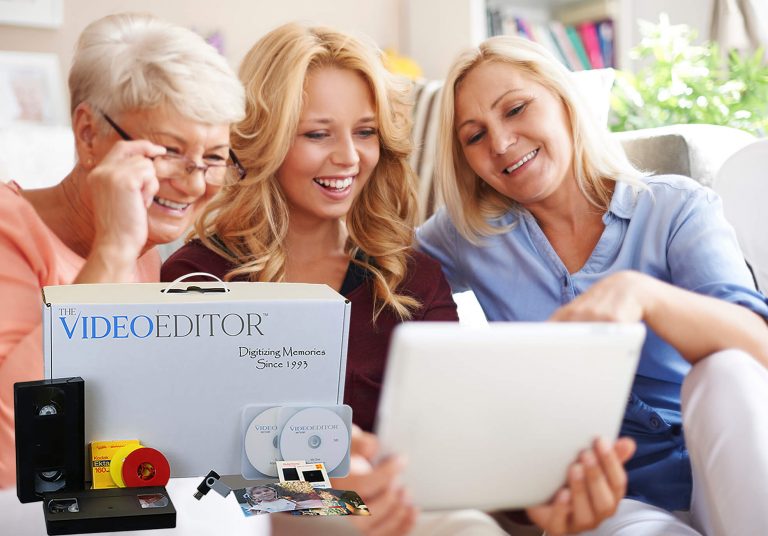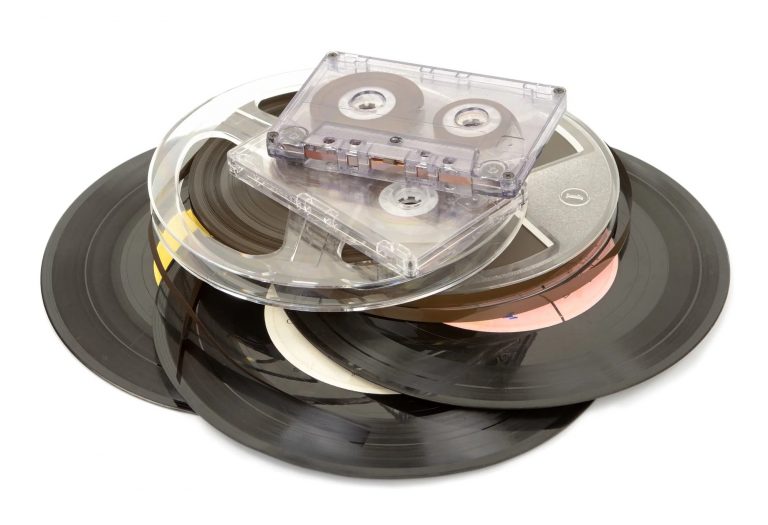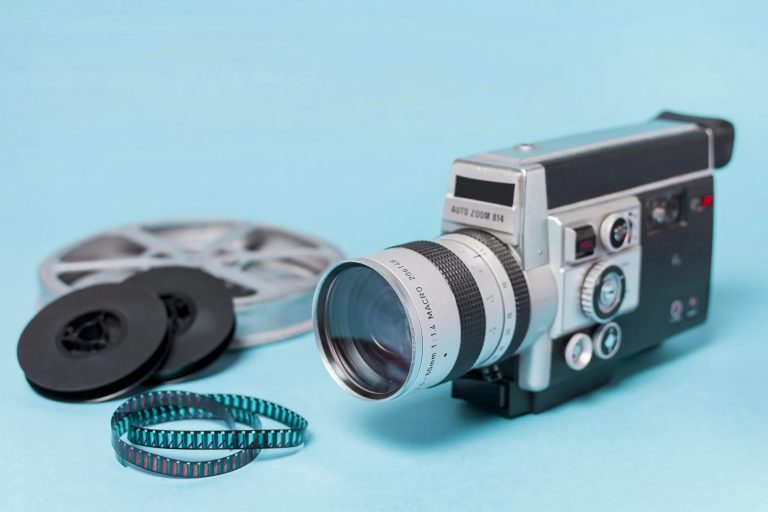Why You Should Transfer Film To Digital (and You Better Hurry)
It’s the classic line, I’ve got good news for you and I’ve got bad news for you. Which do you want to hear first?
First, the good news, a relative has passed the entire family legacy of memories over to you, a whole trunk load of videotapes and photos, including 16mm, 8mm, and Super8 movie film.
The bad news is now the family members want to see them as soon as possible, and you have no equipment, no VCRs and certainly no film projectors. What do you do?
You begin your search as many people do with Google, typing in “film to digital service”, or “transfer film to digital”. The results vary of course with plenty of unrelated ads, under “digital converters” you might find quasi-prosumer gadgets that promise heavenly transfer results but truthfully unless you’re an expert in the field, you’ll fail miserably and waste a week of your time attempting to figure it out.
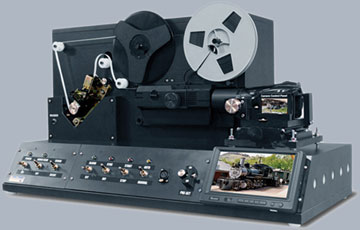
I heard these stories before as many of our customers have told us their experiences once they inherit the media family legacy.
Beyond the obvious of your family wanting to see the memories found on the old media, there are a few other considerations as to why you should transfer film to digital.
- TIME IS NOT KIND: Old analog media does not get better with age. It is wasting away. You might have already suspected that when you opened the film reel can. That pungent smell reminds you of a strong whiff of ammonia and is the sign that 16mm, or 8mm film is deteriorating before your very nose. The photo chemicals are eating at the film, and your memories are fading away. Those once sharp images are discoloring, bending, and curling and are, becoming dry and brittle. Once that happens chances of viewing them one last time are becoming slim to none.
- PRESERVING: A transfer film to digital transfer service is the best and only choice to stop the degrading film and to preserve videos, perhaps of your grandparents. You don’t want to have to search Google again for “how to store old photos” so the idea is to get away from analog paper photos and have them digitized. Now, as .jpg images they can be edited, color corrected, cropped, and restored.
- SHARING: A professional transfer service, once completed can provide USB thumb drives for family memories or a cloud link to view and download all the media to their personal computers. Sharing has never been easier.
- DECLUTTER: A big plus of transferring film to digital is once the media transfer is complete, you can decide whether to keep the old media in boxes or to recycle the old films, tapes, and photos thus downsizing storage needs.
Perhaps you are still not sure why you should transfer film to digital. Let me tell you some true stories from a few of our customers that we encountered in nearly 30 years in the film and video transferring business.
Spoiler alert – Most of these stories, did not turn out well despite heroic efforts.
A client sent us a home movie film from the 1930s that was crystallizing and dissolving to dust and you could smell the rancid ammonia order. We couldn’t process it.
Another customer among many, had film that was curling, bent. In addition some broken film was laying loose and not on reels. The result, the film wasn’t flat enough and could not be transferred.
For others, it was enlarged or ripped out sprocket holes on the side of the film. Broken sprocket holes create a terrible jittery look to the transfer and often times it does not work.
Over the years, several clients have sent us a film that looked like it had snow or salt sprinkled on it. In actuality, this was mold that had formed on the reels. Running the films would have distributed the mold into the air, extremely harmful to people, especially our transfer staff. We couldn’t process.
We have had many stories of families that had stored the film in an attic or a hot garage all subject to extreme temperature swings. Heat warps and destroys the film.
In most of these cases, it was the only remaining archive of a loved one or some special event that was now lost forever due to poor storage efforts.
Hero moments have happened although not that many.
We received film reels that had been in a flood, but now they were stuck together by rust, mold, and a prayer. In this case, the client wanted to try any effort to restore the films. We contracted with a film restoration company we have worked with to take our client’s reels and to begin the arduous task of baking the reels.
They use a special oven to dry out any remaining moisture, then on to another step that slowly added humidity back to increase the film flexibility, so it could be run without jamming or breaking. In this case, the efforts were successful and we were able to transfer to digital, so they could be relived again. Granted this was a costly and time-consuming effort.
The bottom-line advice here is once you find or have inherited a collection of priceless media memories, is to transferred that film to digital as soon as possible. Digitizing the films, photos and videotapes will preserve the media and stop them from further deterioration.
Evaluation
As a part of our service, we can help identify the kind of media you have and even judge the condition of the tapes, films, and photos and will advise the typical results you can expect along with the digitizing costs.
We judge the condition of films by several standards, first the visual inspection. Is the film even, flat with enough flexibility to run through our high-tech transfer system? The smell test is next does it have a strong vinegar smell or just a mild hint? Handling the film is next with special gloves. We test the film for pliability; we’ll wipe the film with lint-free clothes to judge cleanliness. These tests give us a good estimate of just how well the transfer film to digital process will work.
In The Video Editors’ 30 years as a media conversion and transfer service, we have seen and experienced every obstacle or challenge possible. We take every step to convert every film and movie reel where possible. We give the extra effort, whether that is through the cleaning or the extra hand-holding during the digitizing process. Nothing is truly automated. Sometimes it takes feeding the film in the machine or holding the film in a certain way to minimize jitters or any other challenges.
Our mantra is “treat every film transfer order as if it were our own”. With that mindset, we take the time to make it right the first time. You don’t want to redo all your media in a couple of years.
The benefits of having all your films and home movies digitized are many, like the ease of viewing, storing, and the ability to easily share memories with others. Plus, your media is now digitized and won’t fade or discolor. Most clients elect to have their memories stored on the cloud, on a USB thumb drive, on DVDs, or all three.
We welcome the opportunity to help you transfer film to digital so it can be enjoyed for many years to come.

